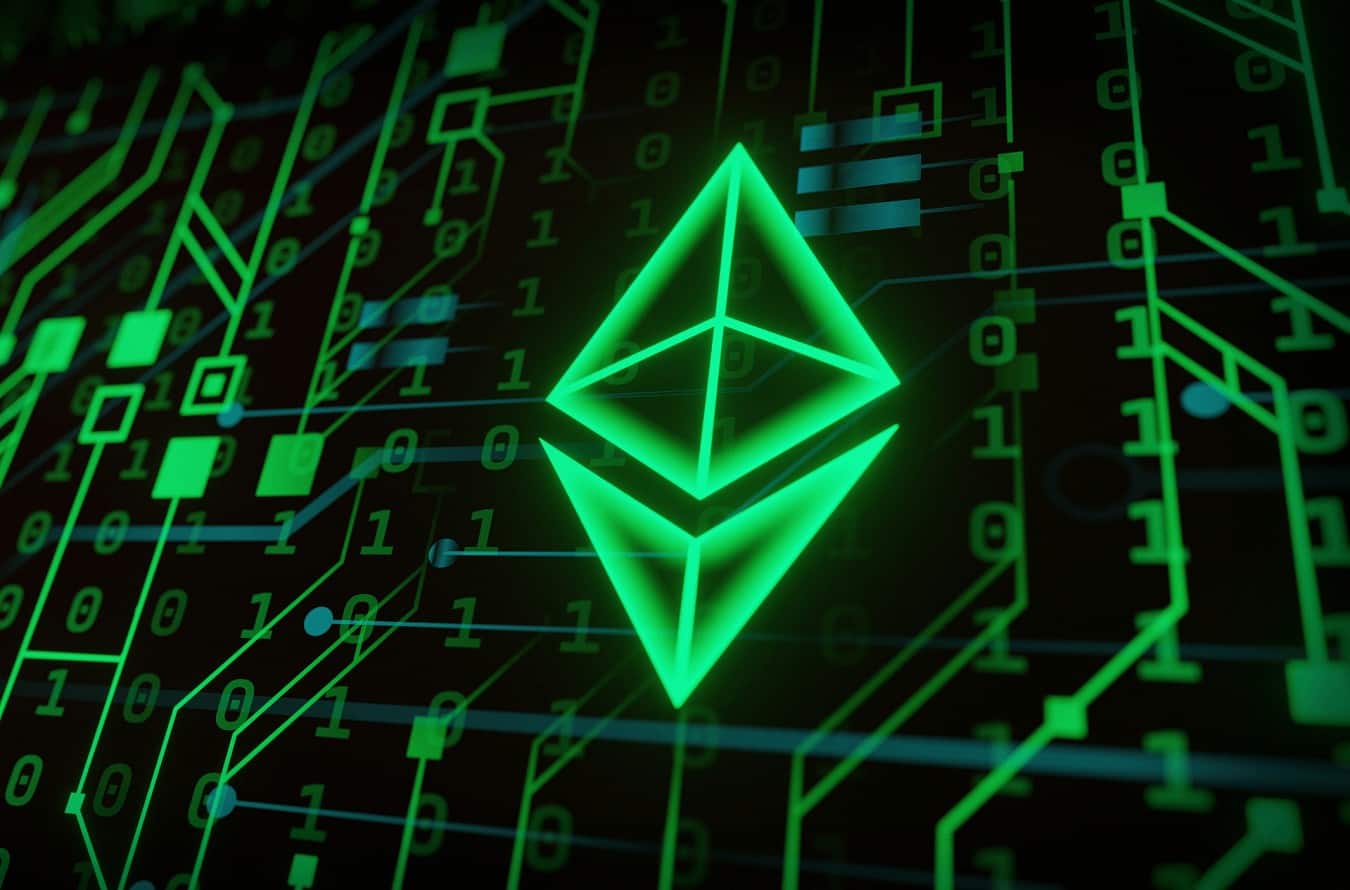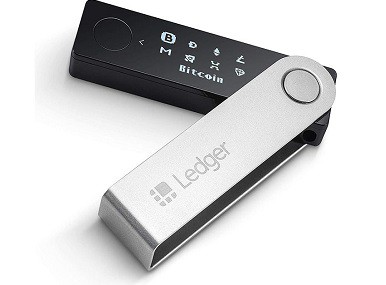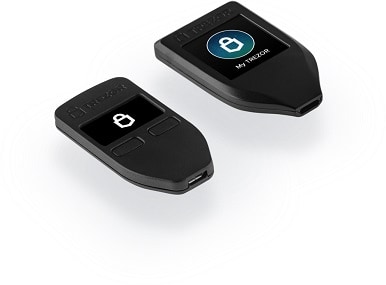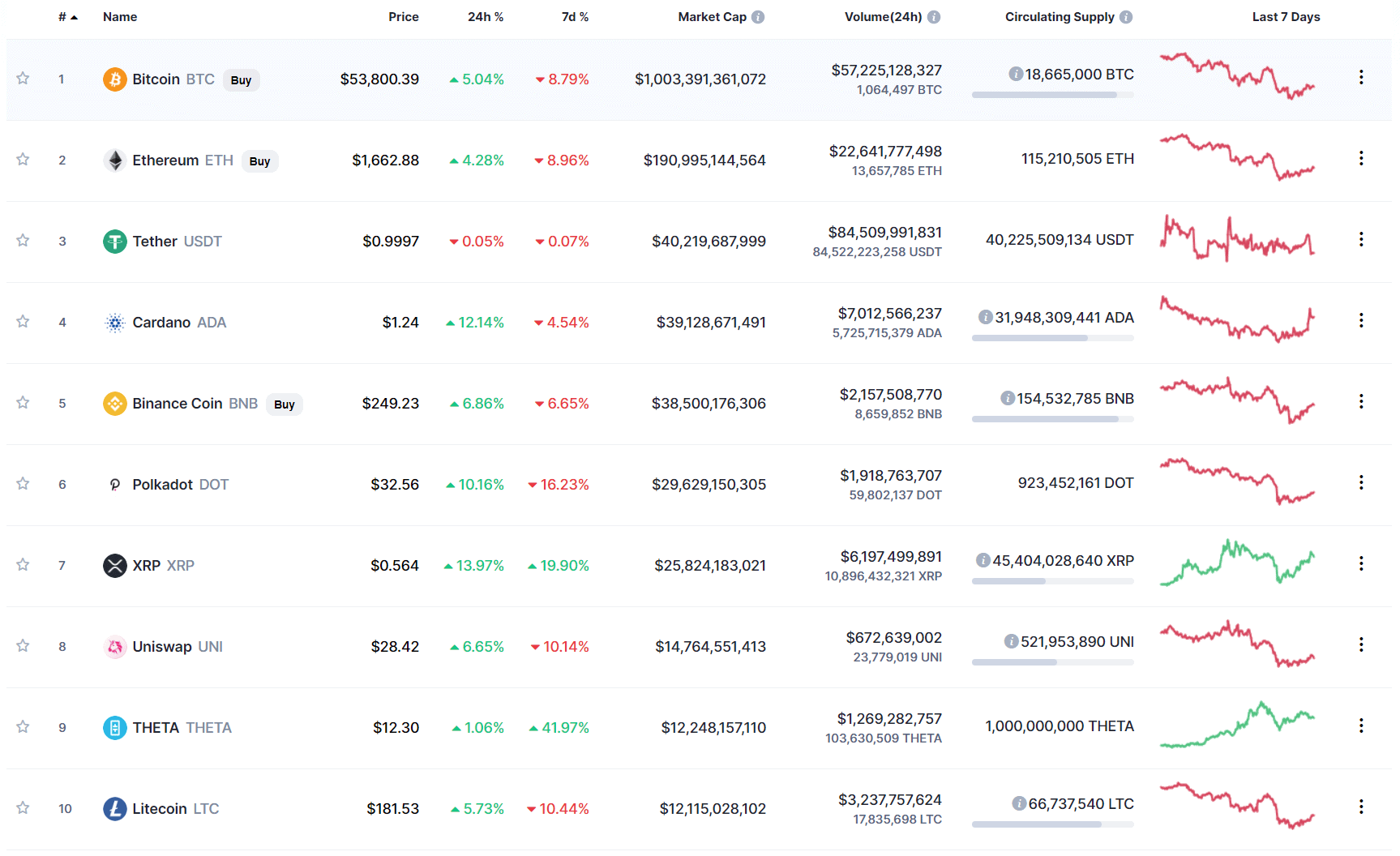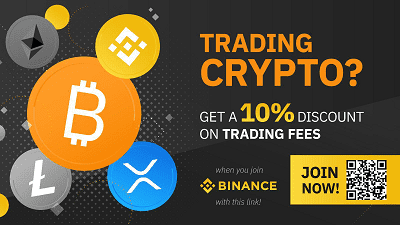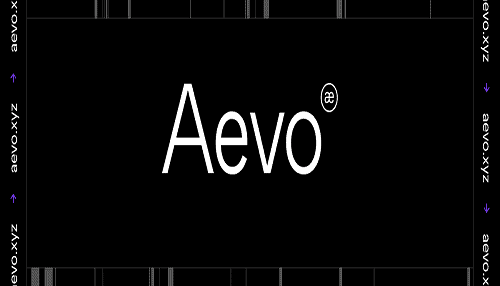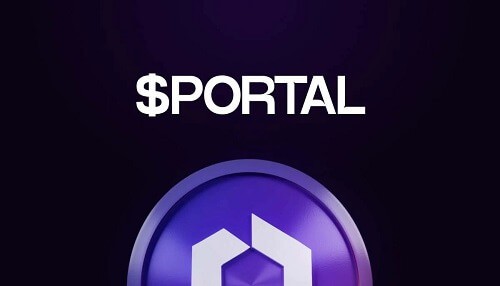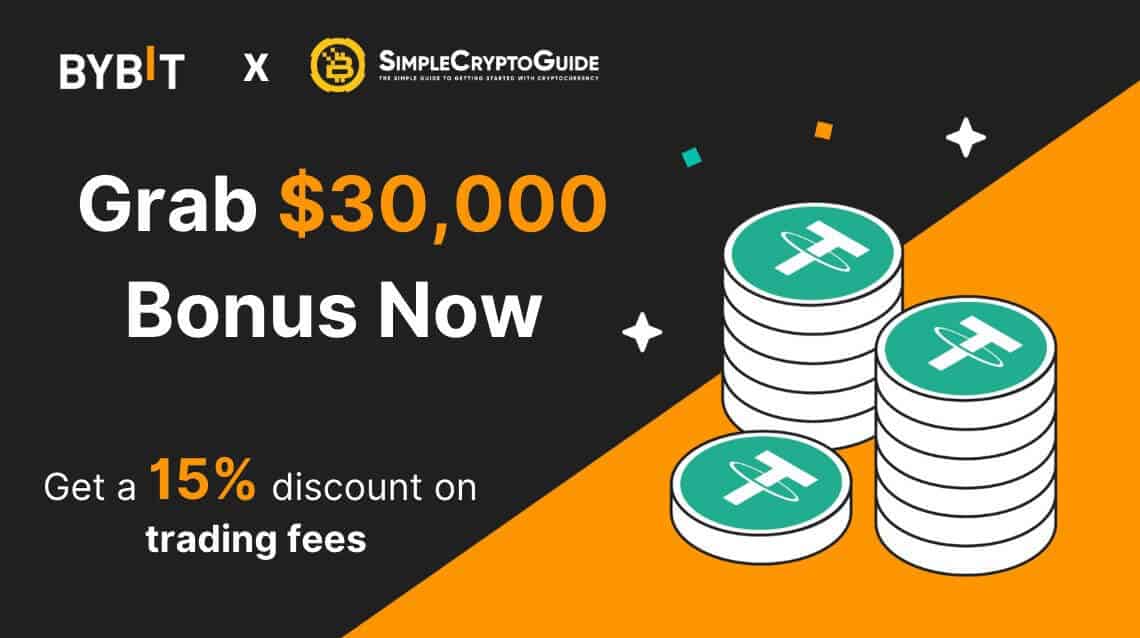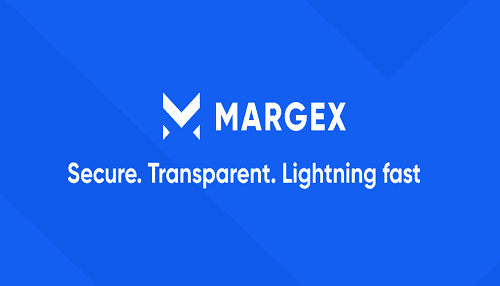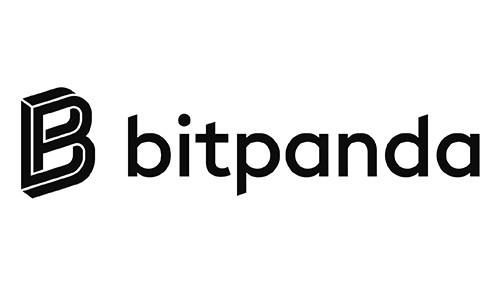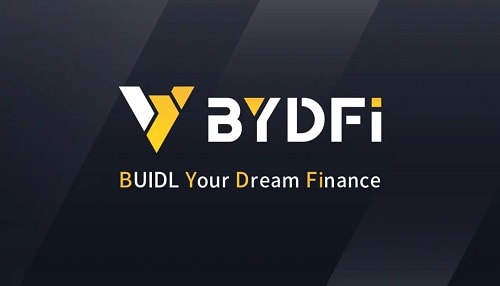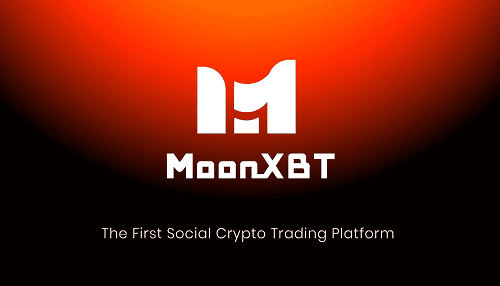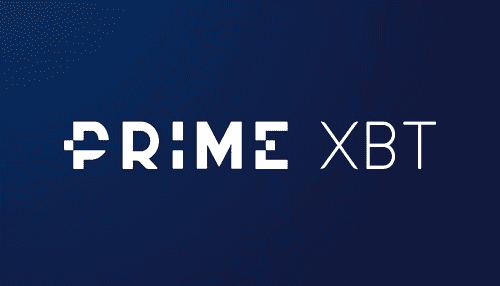How To Buy Ethereum (ETH)?
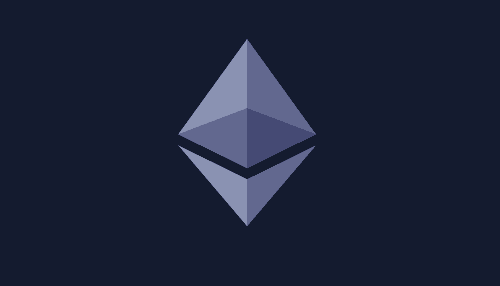
A common question you often see on social media from crypto beginners is “Where can I buy Ethereum?” Well, you’ll be happy to hear it is actually quite a simple and straightforward process. Thanks to its massive popularity, you can now buy Ethereum on most cryptocurrency exchanges, including Coinbase and Binance in 3 simple steps.
Step 1: Create an account on an exchange that supports Ethereum (ETH)
First, you will need to open an account on a cryptocurrency exchange that supports Ethereum (ETH).
We recommend the following based on functionality, reputation, security, support and fees:
1
Bybit
Fees (Maker/Taker) 0.1%*-0.1%*
Cryptocurrencies
Available for Trade 400+
Sign-up bonus
15% reduced trading fees & up to $30,000 sign-up bonus*
Available in
Europe, Asia, Oceania, Africa
2
Binance
Fees (Maker/Taker) 0.075%*-0.1%*
Cryptocurrencies
Available for Trade 500+
Sign-up bonus
10% reduced trading fees*
Available in
Europe, Asia, Oceania, Africa
In order to sign up, you will need to enter some basic information, such as your email address, password, full name and, in some cases, you might also be asked for a phone number or address.
Note: On specific exchanges, you might need to complete a Know Your Customer (KYC) procedure in order to be able to purchase cryptocurrency. This is most commonly the case with licensed and regulated exchanges.
Step 2: Deposit funds into your account
Many cryptocurrency exchanges will allow you to purchase Ethereum (ETH) with fiat currencies, such as EUR, USD, AUD and others. Furthermore, they will also provide you with multiple deposit methods through which you can fund your fiat account, such as credit and debit cards, ewallets or direct bank transfers.
Note: Some payment methods will have higher fees than others, such as credit card payments. Before funding your fiat account on your chosen exchange, make sure to do your due diligence to find out the fees involved with each payment method to avoid unnecessary costs.
Step 3: Buy Ethereum (ETH)
This process is similar across almost every cryptocurrency exchange. All you have to do is find a navigation bar or a search bar, and search for Ethereum (ETH) or Ethereum (ETH) trading pairs. Look for the section that will allow you to buy Ethereum (ETH), and enter the amount of the cryptocurrency that you want to spend for Ethereum (ETH) or the amount of fiat currency that you want to spend towards buying Ethereum (ETH). The exchange will then calculate the equivalent amount of Ethereum (ETH) based on the current market rate.
Note: Make sure to always double-check your transaction details, such as the amount of Ethereum (ETH) you will be buying as well as the total cost of the purchase before you end up confirming the transaction. Furthermore, many cryptocurrency exchanges will offer you their own proprietary software wallet where you will be storing your cryptocurrencies; however, you can create your own individual software wallet, or purchase a hardware wallet for the highest level of protection.
For more in-depth instructions, our ‘Absolute Beginner’s Guide To Cryptocurrency Investing‘ will take you through the process step-by step. In addition to providing instructions for sending and receiving your cryptocurrency.
And if you’re completely new to crypto our beginner, intermediate and advanced level articles will get you up to speed with everything you need to know about the cryptocurrency space starting out.
What is Ethereum (ETH)?
Ethereum is an open-source platform for decentralized computing. You may compare it to a notebook computer or a personal computer, but it does not operate on a single machine. Instead, it operates concurrently on thousands of devices all across the globe, which means that it is not owned by a single person.
You are able to transfer digital money with Ethereum, just as you can with Bitcoin and other cryptocurrencies. However, it is also capable of a great deal more than that; for example, you may deploy your own code and interact with apps that were generated by other users. On Ethereum, because to its high degree of adaptability, it is possible to run a wide variety of complex applications.
To put it another way, the fundamental premise of Ethereum is that software developers should be able to write and deploy code that is executed throughout a distributed network rather than being stored on a single server. Because of this, it is theoretically impossible to filter or disable these programs in any way.
What makes Ethereum valuable?
We briefly discussed the possibility that Ethereum may execute code across several nodes in a distributed system. As such, programs can’t be tampered with by third parties. They are uploaded to the database of Ethereum, also known as the blockchain, and they may be coded in such a way that it prevents the code from being modified. Additionally, since the database is accessible to all users, users may do code reviews prior to interacting with it.
This essentially implies that it is possible for users in any location to run programs that cannot be taken down. Even more fascinating is the fact that these apps have the ability to establish rules on how value is exchanged since the native unit, ether, holds value. We refer to the individual pieces of code that make up apps as smart contracts. In most circumstances, they can be programmed to function independently of human interaction.
It is easy to see why the concept of “programmable money” has captured the imagination of consumers, software developers, and companies all around the world.
How does Ethereum work?
It is possible to characterize Ethereum as a state machine. All that this implies is that at any one moment, you have a picture of the present state of all the account balances and smart contracts. Because of certain activities, the state will be altered, which means that each of the nodes will update their own snapshot to reflect the change.
Transactions serve as the catalyst for Ethereum’s smart contracts, which are decentralized computer programs (either from users or other contracts). Every node on the network will execute the code of the contract and record the results whenever a user makes a transaction to a smart contract. This is accomplished via the use of the Ethereum Virtual Machine (EVM), which transforms the smart contracts into instructions that the computer is able to understand.
Mining is the unique method that is used in order to bring about the state update (for now). Mining is accomplished via the use of a Proof of Work method, quite similar to Bitcoin’s.
What is a smart contract?
A smart contract is simply code. The code is neither smart, nor is it a contract in the traditional sense. However, we refer to it as smart due to the fact that it runs by itself when certain conditions are met. Additionally, one could consider it a contract due to the fact that it upholds agreements made between different parties.
Nick Szabo, a computer scientist, is credited with coming up with the notion, which he first presented in the late 1990s. In order to illustrate the notion, he utilized the scenario of a vending machine and said that this machine may be considered a forerunner of the present smart contract. A straightforward contract is being carried out when a vending machine is used to dispense items to customers. Users feed the machine with pennies, and in exchange, it gives them the opportunity to choose a product to dispense for themselves.
This type of reasoning may be used in a digital world via the use of a smart contract. If two ether were to be transferred to this contract, you might instruct the code to do anything as basic as return “Hello, World!” after it received the payment.
A developer working on Ethereum would design this in such a way that it could subsequently be read by the Ethereum Virtual Machine (EVM). They next make it public by transmitting it to a unique address that registers the contract, which completes the process. At that moment, it is available to be used by anybody. Additionally, the developer cannot remove the contract unless he or she specifies a condition before constructing it that allows for deletion.
The address is now included in the contract. Users just need to transmit two ether to the given address in order to engage with it. This will cause the code of the contract to be executed, and every computer connected to the network will notice that a payment has been made to the contract. They will also record the result of the code, which will say “Hello, World!”
The use case described above is probably among the most fundamental examples of what can be accomplished with Ethereum. It is possible to build more complex apps that link several contracts, and this has already been done.
Who created Ethereum?
Under the guise of the pseudonym Satoshi Nakamoto, an unidentified developer (or group of developers) released the Bitcoin whitepaper in the year 2008. The landscape of digital money has been irreversibly altered as a result of this. A few years later, a young programmer by the name of Vitalik Buterin had the idea for a method to expand upon this concept and make it applicable to any kind of application. The idea was later developed into what is now known as Ethereum.
Ethereum was proposed by Buterin in a 2013 blog post titled Ethereum: The Ultimate Smart Contract and Decentralized Application Platform. In his essay, he discussed the concept of a Turing-complete blockchain, which is a decentralized computer that, if sufficient time and resources, is capable of running any application.
In due time, the only thing that will be able to restrict the variety of apps that may be run on a blockchain is the creative capacity of its creators. The goal of Ethereum is to investigate if the blockchain technology can be put to use in other contexts that are not constrained by the intended design limits of Bitcoin.
What is Ethereum gas?
Remember our Hello, World! contract from earlier? That was a simple program to get up and running. It does not need a significant amount of computer power at all. However, you are not just running it on your own personal computer; rather, you are requesting that everyone involved in the Ethereum ecosystem also run it.
This begs the following question: what happens when tens of thousands of individuals are executing complex contracts at the same time?
If someone sets up their contract to repeatedly execute the same line of code, then each node will have to keep doing that for an unlimited amount of time. That would place an excessive demand on the available resources, and as a direct consequence, the system would most likely break down.
To protect users from falling victim to this vulnerability, Ethereum implements the gas notion. Contracts can’t be carried out without gas in the same way that your vehicle won’t operate if it’s out of gas. Users are required to pay a certain quantity of gas in order for contracts to be fulfilled effectively. In the event that there is insufficient gas, the contract will be terminated.
It is, in essence, a system for charging fees. The same idea applies to transactions as well: because miners are driven primarily by profit, they could choose to ignore transactions that have a smaller fee.
It is important to remember that ether and gas are not the same thing.
The miners have a significant influence on the fluctuating average price of gas, which is ultimately determined by them. ETH is used as the medium of exchange for the payment of the transaction fee known as “gas.” In this way, it is analogous to the fees associated with Bitcoin: the average price of gas is likely to increase when the network is congested and a large number of users are attempting to trade. On the other hand, if there isn’t a whole lot of activity, it will go down.
Even if the price of gas fluctuates, a certain volume of gas is necessary for every activity. This indicates that more resources will be needed to complete complicated contracts as opposed to a straightforward transaction. Therefore, gas is a measurement of the computing power available. It makes certain that the system is able to charge customers the right fee in accordance with the amount of Ethereum resources that they use.
The price of gas is often just a quarter of that of ether. As such, we utilize a smaller unit (gwei) to signify it. One ether is equal to one billion gwei, hence one gwei is one billionth of an ether.
To make a long tale short, you could speed things up by running a program that repeatedly does the same thing. However, this will rapidly become a very costly endeavor for you to do. The nodes that make up the Ethereum network are able to fight spam as a result of this.
Gas and gas limits
Imagine for a moment that Alice is engaged in a transaction pertaining to a contract. She would determine the amount of money that she is willing to spend on gas. It is likely that she will set a greater price in order to encourage the miners to include her transaction as rapidly as they can.
However, she will also establish a gas restriction for herself, which will help to safeguard her. It’s possible that something may go wrong with the contract, and as a result, it will use more gas than she anticipates it would. The operation will be terminated after a certain quantity of gas has been used up in accordance with the gas limit that has been established. In the event that the contract is not fulfilled, Alice will not be responsible for paying any more money than what was originally agreed upon.
At first glance, it could seem to be a difficult idea to get one’s head around. You don’t need to worry about it since most wallets will take care of it for you, but you do have the option to manually select the maximum amount that you are ready to spend on gas as well as the price that you are prepared to pay for it. In a nutshell, the gas price determines how fast miners will process your transaction, while the gas limit establishes the maximum amount that you will be charged for it.
What are Ethereum tokens?
The potential for users to build their own assets on the Ethereum blockchain, which can be stored and exchanged in the same manner as ether, is a major selling point for Ethereum. Developers are able to establish certain criteria pertaining to their tokens thanks to smart contracts, which include the rules that govern them. These may include how many should be issued, how they should be issued, whether or not they are divided, whether or not each can be fungible, and a wide variety of additional considerations. Since ERC-20 is the most well-known of the technical standards that make it possible to create tokens on Ethereum, most people refer to the tokens themselves as ERC-20 tokens. This is because ERC-20 is the name of the standard that makes it possible.
Innovators have access to a wide playground thanks to the functionality of tokens, which allows them to experiment with applications that are on the bleeding edge of finance and technology. There is a significant degree of flexibility in the architecture, ranging from the ability to issue identical tokens that serve as in-app cash to the production of unique tokens that are backed by actual assets. It is not feasible that some of the most effective use cases for simple and efficient token manufacturing have not yet been discovered at this point in time.
Ether and Ethereum: What’s the Difference?
Ether may be used in the same ways that traditional currencies are, namely as a medium of exchange, an investment vehicle, and a store of wealth. The blockchain network known as Ethereum is the location where ether may be stored and traded. As mentioned above, this network offers a variety of other functions outside of ETH.
It’s possible that these are just straightforward transfers of money, but they might also be more complicated deals involving everything from the purchase of digital art to the sale of physical goods to the taking out of a loan.
In addition, data storage and the operation of decentralized apps are also possible on the Ethereum network. People are able to host programs on the Ethereum blockchain. This is an alternative to hosting software on a server that is owned and run by a firm such as Google (GOOGL) or Amazon (AMZN), where the data is controlled by a single entity. Users get ownership over their data as a result of this, and they also have unrestricted access to the app since there is no centralized authority overseeing the system.
Contracts that automatically carry out their terms are referred to as “smart contracts,” and they are one of the most fascinating uses for Ethereum. In the same way as any other kind of contract, two parties enter into an agreement to provide an item or service at a later date. In contrast to traditional contracts, legal representation is not required: The parties each contribute code to the agreement, which is then stored on the Ethereum blockchain. It will self-execute, and once the requirements of the contract have been satisfied, it will send Ether to the relevant party.
Benefits of building on Ethereum
Using the native Solidity programming language and the Ethereum Virtual Machine, users are able to construct decentralized apps on the Ethereum platform, which provides a great deal of platform flexibility. Developers of decentralized applications that deploy smart contracts on Ethereum are able to benefit from the robust ecosystem of developer tools and established best practices that have come up as a result of the protocol’s increased maturity. This maturity also extends into the quality of the user-experience that the average user of Ethereum applications has. For example, wallets such as MetaMask, Argent, Rainbow, and others offer simple interfaces through which users can interact with the Ethereum blockchain and smart contracts that are deployed there.
Because of Ethereum’s massive user base, developers are encouraged to deploy their apps on the network. This further solidifies Ethereum as the preferred home for decentralized applications such as decentralized financial applications and non-fungible token financial applications. A more scalable network on which to create decentralized applications that demand greater transaction throughput will be available in the future as a result of the development of the backwards-compatible Ethereum 2.0 protocol, which is presently being worked on.
What is Ethereum 2.0?
It is expected that Ethereum 2.0 will soon be deployed, and its main claim to fame is that it will increase the scalability of Ethereum’s Mainnet. The long-awaited upgrade to the Ethereum blockchain may finally come this summer, most likely in the month of August.
The most notable change in Ethereum 2.0 is that it will shift from a proof-of-work to a proof-of-stake consensus technique. This will eventually eliminate the need for miners, who validate transactions using costly cryptocurrency mining equipment and use a significant amount of energy.
When the merging is finally finished, staking will take the place of mining as the method by which Ethereum transactions are verified. The act of staking requires physically putting aside a certain quantity of bitcoin in order to take part in the process of transaction verification.
It is anticipated that Ethereum 2.0 will have a carbon footprint that is decreased by as much as 99.95%.
The move to ETH 2.0 is underway. It’s three phases are as follows:
- Phase 0 — The Beacon Chain. Launched Dec. 1, 2020, this created the PoS blockchain that acts as the central hub of Ethereum 2.0.
- Phase 1 — The merge. This will merge the Beacon Chain with the original Ethereum network, marking the full transition from PoW to PoS. It’s planned to happen in the first half of 2022.
- Phase 2 — Shard chains. This will spread the network’s workload across 64 new networks, with Ethereum 1.0 expected to become one the shards of Ethereum 2.0. This is planned to launch in 2022.
PoS enables miners to mine based on which miners are willing to stake a certain number of ETH coins. As of Nov. 30, 2021, that number was 32 ETH.
History of Ethereum
Key dates in the development of Ethereum include the following:
- 2013. Ethereum was first described in Vitalik Buterin’s white paper in late 2013 with the goal of developing decentralized applications. Buterin wanted to improve blockchain application development so that real-world assets, like property and stocks, could be attached to a blockchain. Buterin chose the name Ethereum partly because it contained the word ether, which refers to a hypothetical invisible medium that enables light to travel.
- 2014. The formal development of the software began, and EVM was specified in a paper by Gavin Wood, then the chief technology officer of Ethereum Switzerland GmbH.
- 2015. Ethereum created its genesis block, marking the official launch of the platform.
- 2018. Ethereum took second place to Bitcoin in terms of market capitalization.
- 2021. A major network upgrade, named London, included Ethereum Improvement Proposal 1559 and introduced a mechanism for reducing transaction fee volatility. ETH’s price rose to an all-time high of $4,865.57 in November 2021.
- 2022. Ethereum will move to Ethereum 2.0 and shift from a PoW consensus model to PoS.
Ethereum development updates in 2023
Ethereum, the second-largest cryptocurrency platform by market capitalization, has undergone significant developments in 2023. Here’s an overview of the most important updates:
- Shanghai Upgrade (Shapella): Scheduled for March 2023, this upgrade aims to enable staked ETH withdrawals. This is crucial since validators, who stake 32 ETH to approve and add blocks to the blockchain, have had their funds locked since as early as December 2020. This upgrade, while not yet officially dated, is a key focus for Ethereum developers in early 2023.
- Proto-Danksharding: Slated for release in the fall of 2023, proto-danksharding is an ambitious endeavor to enhance Ethereum’s scalability. It will increase the network’s capacity for processing transactions and data, potentially leading to lower transaction fees and faster speeds.
- Dealing with Censorship and Centralization Issues: Following the sanctioning of Ethereum mixer program Tornado Cash by the U.S. Treasury’s Office of Foreign Asset Control (OFAC) in August 2022, Ethereum developers have been working on addressing related censorship and centralization concerns.
- Optimism’s Bedrock Upgrade: Optimism, an Ethereum layer 2 scaling system, is set for a major upgrade that aims to decrease transaction fees and increase transaction speeds. This upgrade is part of Ethereum’s ongoing efforts to improve scalability and efficiency.
- Implementation of Sharding: This major upgrade, planned for 2023/24, is designed to increase Ethereum’s scalability. Sharding will split the network into multiple chains (shards), allowing for parallel processing of transactions, thereby enhancing the overall transaction throughput speed.
- The Surge, Verge, Purge, and Splurge: Ethereum’s co-creator Vitalik Buterin has outlined a four-step plan post-Merge, focusing on further improvements in transaction speed, efficiency, and scalability. These stages involve various upgrades like Sharding (The Surge), implementation of Verkle trees (The Verge), removal of unwanted blockchain data (The Purge), and expansion of Dapps development capabilities (The Splurge).
These updates mark a significant milestone in Ethereum’s evolution, moving towards greater efficiency, scalability, and functionality. The Ethereum community is eagerly anticipating these developments, which are expected to enhance the platform’s overall performance and utility.
Official website: https://ethereum.org/
Best cryptocurrency wallet for Ethereum (ETH)
There are plenty of different crypto wallets available. The best one for you depends on your general trading habits and which provides the most security in your situation. There are two main types of wallets: hot storage wallets (digital) and cold storage or hardware wallets (physical). Both have their pros and cons, and there is not necessarily a right or wrong answer when it comes to figuring out which crypto wallet is best for you.
HOW DO I DECIDE WHICH cryptocurrency WALLET TO USE for Ethereum (ETH)?
Deciding which type of wallet to use depends on a variety of factors, including:
- How often you trade. In general, hot wallets are better for more active cryptocurrency traders. Quick login ability means you are only a few clicks and taps away from buying and selling crypto. Cold wallets are better suited for those looking to make less frequent trades.
- What you want to trade. As mentioned earlier, not all wallets support all types of cryptocurrencies. However, some of the best crypto wallets have the power to trade hundreds of different currencies, providing more of a one-size-fits-all experience.
- Your peace of mind. For those worried about hacking, having a physical cold wallet stored in a safe deposit box at the bank or somewhere at home, provides the safest, most secure option. Others might be confident in their ability to keep their hot wallets secure.
- How much it costs. It is important to investigate the costs associated with each wallet. Many hot wallets will be free to set up. Meanwhile, cold wallets, like any piece of hardware, will cost money to purchase.
- What it can do. While the basics of each cryptocurrency wallet are the same, additional features can help set them apart. This is especially true of hot wallets, many of which come with advanced reporting features, insights into the crypto market, the ability to convert cryptocurrencies and more. Security features can also be a good differentiator.
For a more in-depth overview of cryptocurrency wallets visit our “Cryptocurrency Wallets Explained” guide.
If you’re going to be dealing in larger volumes of crypto, investing in cold storage might prove advantageous.
Most widespead examples of this being the Ledger Nano and the Trezor.
Ledger manufactures cold storage wallets designed for users who want increased security. Their wallets are a physical device that connects to your computer. Only when the device is connected can you send your cryptocurrency from it. Ledger offers a variety of products, such as the Ledger Nano S and the Ledger Nano X (a bluetooth connected hardware wallet).
Trezor is a pioneering hardware wallet company. The combination of world-class security with an intuitive interface and compatibility with other desktop wallets, makes it ideal for beginners and experts alike. The company has gained a lot of the Bitcoin community’s respect over the years. Trezor offers two main models – The Trezor One and Trezor Model T (which has a built in touch screen).
Ethereum (ETH) Price & Charts
- Market Capitalization And Daily Trading Volume
- Current Market Price Of Every Cryptocurrency Relative To USD (And Some Local Currencies)
- Circulating And Total Supply
- Historical Charts With Prices Relative To USD, Bitcoin (BTC), And Ethereum (ETH).




